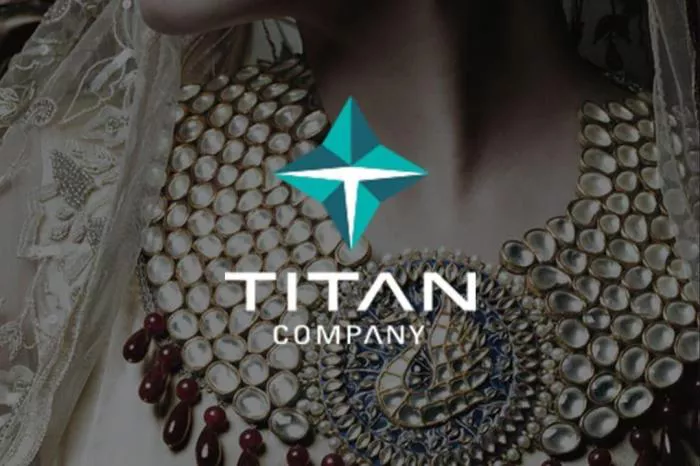As the Diwali season approaches, Tata Group’s jewellery and watch division, Titan, is poised for significant growth in festive demand. With a marked resurgence in interest for gold jewellery, consumer sentiment appears to be more favorable than in previous years, particularly in the context of Indian heritage designs.
Cultural Pride Fuels Consumer Interest
Ajoy Chawla, CEO of Titan’s jewellery division, shared insights into current market trends during an interview with ET Retail. He noted, “One major trend we observed is that pride in India and our cultural heritage continues to be very strong.” This growing appreciation for cultural aesthetics is shaping consumer preferences, driving shoppers towards more traditional and opulent jewellery pieces.
Chawla emphasized that this festive season is seeing consumers gravitate toward statement pieces that embody both grandeur and a sense of heritage. This shift is not merely a fleeting trend; it reflects a broader cultural renaissance that has resonated with many Indian consumers.
New Collections to Meet Festive Demand
In preparation for the festive season, Titan has launched an impressive array of nearly 1,500 new stock-keeping units (SKUs) across its various jewellery brands, which include Tanishq, Zoya, Mia by Tanishq, and CaratLane. Among these offerings is a newly unveiled Nav-rani collection, specifically designed for the Tanishq brand. This collection features vibrant enamel work and draws inspiration from royal heritage, aligning perfectly with the festive spirit.
The launch of these new collections reflects Titan’s strategy to meet the diverse needs of consumers during this peak shopping period. By introducing a range of products that celebrate Indian traditions, Titan aims to cater to a growing demographic that values cultural significance in their jewellery choices.
Emphasis on Lightweight Designs
In addition to heritage aesthetics, Titan is also focusing on the growing demand for lightweight jewellery. “About 50% of the offerings that we have in our stores are optimized for lightweight in terms of gold,” Chawla revealed. This shift towards lighter pieces corresponds with an increase in women purchasing jewellery for personal use and everyday wear, rather than solely for special occasions.
The trend towards lightweight gold jewellery has gained traction in recent years as consumers seek versatility and practicality in their adornments. This demand is particularly evident among younger shoppers who prioritize both style and comfort.
Addressing Price Volatility
Despite the renewed interest in gold, the market has been affected by price volatility, which remains a concern for many consumers. To alleviate this anxiety, Titan has introduced an innovative service that allows customers to secure the gold rate on the day they book their jewellery. Buyers can either pay the locked-in rate or the prevailing rate at the time of purchase, whichever is lower.
This pricing strategy not only provides consumers with financial flexibility but also encourages them to make purchases without the fear of fluctuating prices. It reflects Titan’s commitment to customer satisfaction and its understanding of the current economic landscape.
The Role of Consumer Sentiment
The overarching sentiment among consumers this festive season appears to be one of optimism. As the market recovers from previous economic uncertainties, shoppers are more inclined to invest in high-quality, culturally significant jewellery. This resurgence in consumer confidence has the potential to drive sales for Titan significantly.
Chawla noted that the festive season typically brings an uptick in jewellery sales, and this year is expected to follow that pattern. The combination of cultural pride and an affinity for opulent designs positions Titan well to capitalize on the seasonal demand.
Broader Market Implications
Titan’s focus on heritage aesthetics and lightweight designs is reflective of broader trends within the jewellery market. As consumers increasingly seek pieces that resonate with their cultural identity, companies are encouraged to innovate while remaining true to traditional craftsmanship.
The emphasis on self-purchasing among women indicates a shift in purchasing dynamics, where jewellery is no longer solely seen as a gift item but as a personal investment. This trend is likely to shape future collections and marketing strategies across the industry.
Conclusion
As Titan prepares for the Diwali season, the company is strategically positioned to meet the demands of a changing consumer landscape. By focusing on cultural heritage, introducing new collections, emphasizing lightweight designs, and addressing price volatility, Titan aims to enhance its appeal to a diverse customer base.
The upcoming festive period not only represents a significant opportunity for Titan but also illustrates the evolving nature of consumer preferences within the jewellery market. With a renewed sense of cultural pride and an appetite for unique, statement pieces, Titan is set to thrive in this competitive environment, making this festive season one to remember for both the company and its customers.
Related topics:

